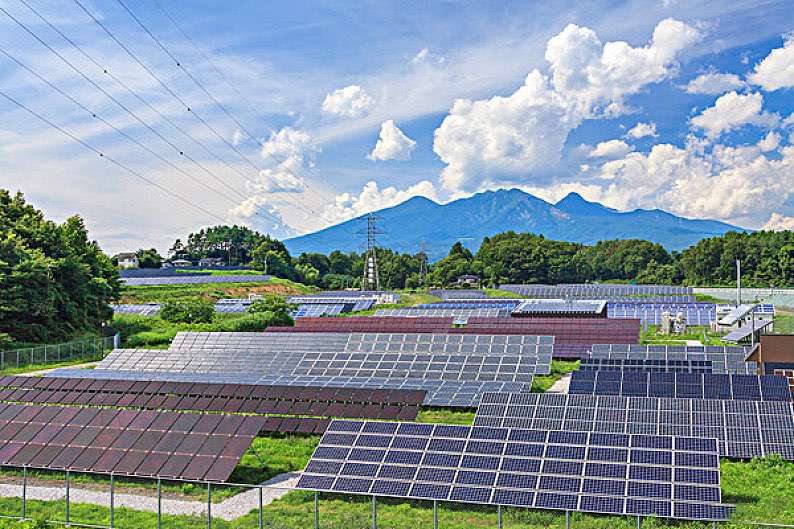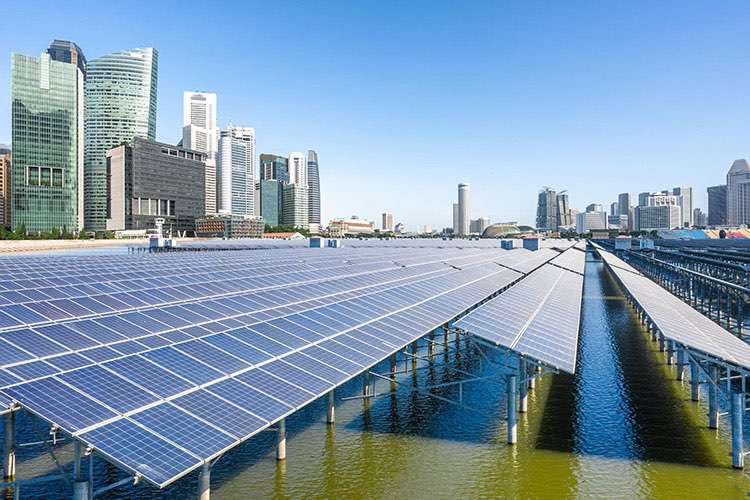 Author: Joey Wan
Author: Joey Wan  January 25,2021
January 25,2021
The new energy industry is developing rapidly, the solar photovoltaic power generation industry is developing rapidly, and the installed capacity of photovoltaic power stations is increasing year by year. During the construction and operation of photovoltaic power stations, most of the photovoltaic power station equipment connection cables did not use pv1-f solar cables but still normal wire and cable. However, in the design and manufacturing process of conventional cables, factors such as the use and installation environment of the complex and changeable photovoltaic power station are not considered and cannot meet the requirements of use, resulting in frequent quality problems of photovoltaic power stations.
Photovoltaic power plants require a large range of temperature resistance of cables. The cable can withstand lower temperatures, and the extremely low temperature in individual areas can reach minus -40 ℃ or even lower temperatures. At high temperatures, it will reach +70°C or more. Consider that the conductor's working temperature is higher than the ambient temperature and generates heat volatilization. At the same time, consider that the extreme temperature in the area where the roof is not ventilated and the bridge has poor heat dissipation is likely to exceed +90°C. The temperature of the cable material is required to meet the requirements of the power station working under extreme temperatures. The normal working temperature of the pv1-f solar cable is -40℃-+120℃.

Frequent changes in temperature and humidity have a direct impact on the insulation of materials and the aging of the sheath. Many power stations are built directly on fish ponds or water surfaces, requiring cables to work normally in a humid environment for a long time.

The performance of conventional cables does not consider the influence of damp and heat changes on the aging performance of materials, while the design of pv1-f solar cable considers the influence of damp and hot environment on the aging performance of insulation and sheath materials. Therefore, a good pv1-f solar cable can meet the requirements of photovoltaic power plants for temperature and humidity changes can withstand a greater intensity of sunlight, and can withstand various rays of sunlight, especially ultraviolet rays.

Some photovoltaic power plants are built in special areas such as seasides and beaches. The air content of salt fog in these areas is relatively high. Some photovoltaic power plants are located in the former saltworks, where the salt content is high in the soil. Cables used under the above environmental conditions must have a strong resistance to salt spray, acid, and alkali. pv1-f solar cable has a strong resistance to salt spray, acid, and alkali. Some photovoltaic power stations are located in areas where the ozone content is high, and ozone has a certain corrosive effect on the cable sheath, which accelerates the aging of the sheath and affects the use of cables. The design of pv1-f solar cable takes this effect into consideration. Therefore, even in areas with high ozone content, photovoltaic cables can work normally for a long time.
The solar cable can be applied to photovoltaic power plants under different environmental conditions to ensure long-term safe operation, while conventional cables are difficult to achieve this purpose. Therefore, the use of pv1-f solar cable to replace conventional cables can effectively ensure the long-term and stable operation of the power station, thereby ensuring the good long-term operating benefits of the power station.
